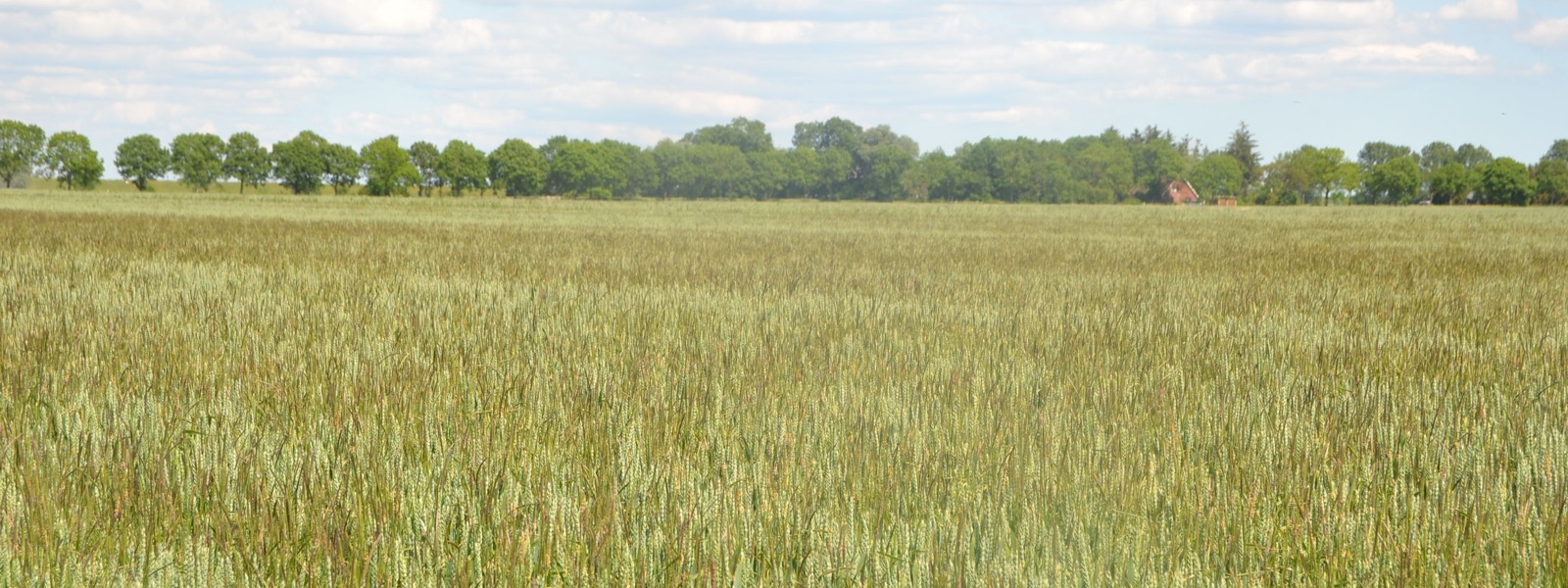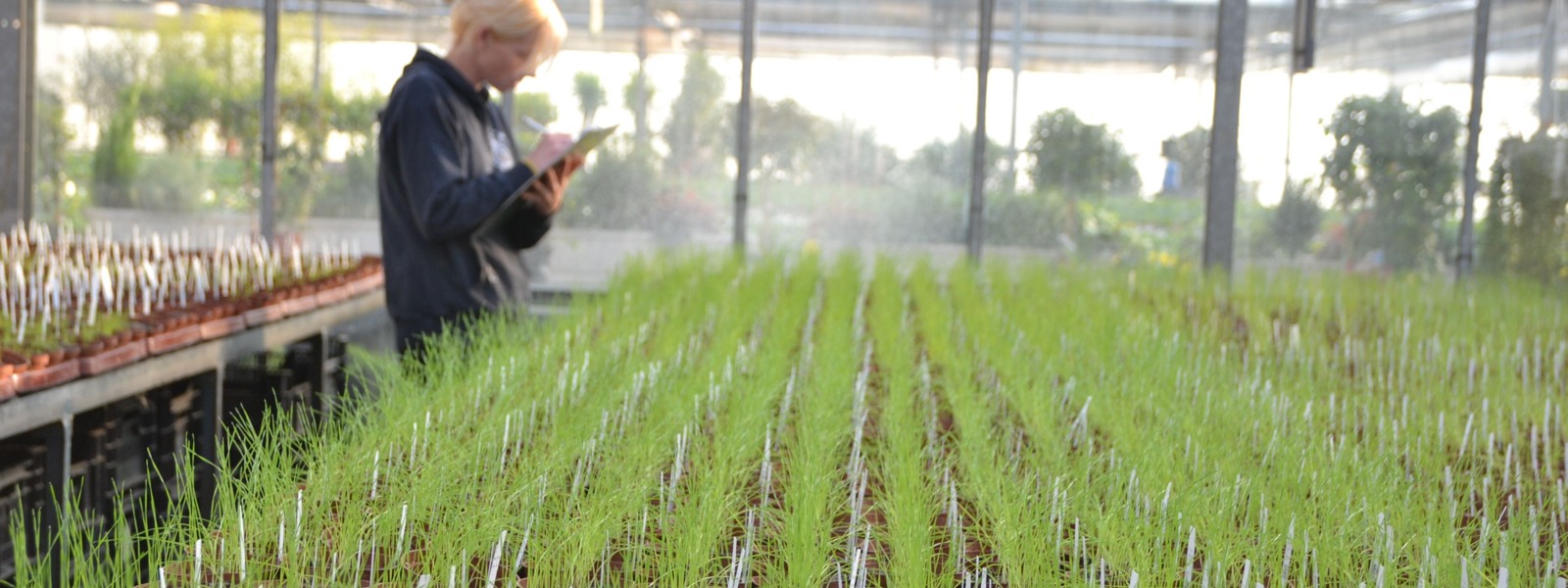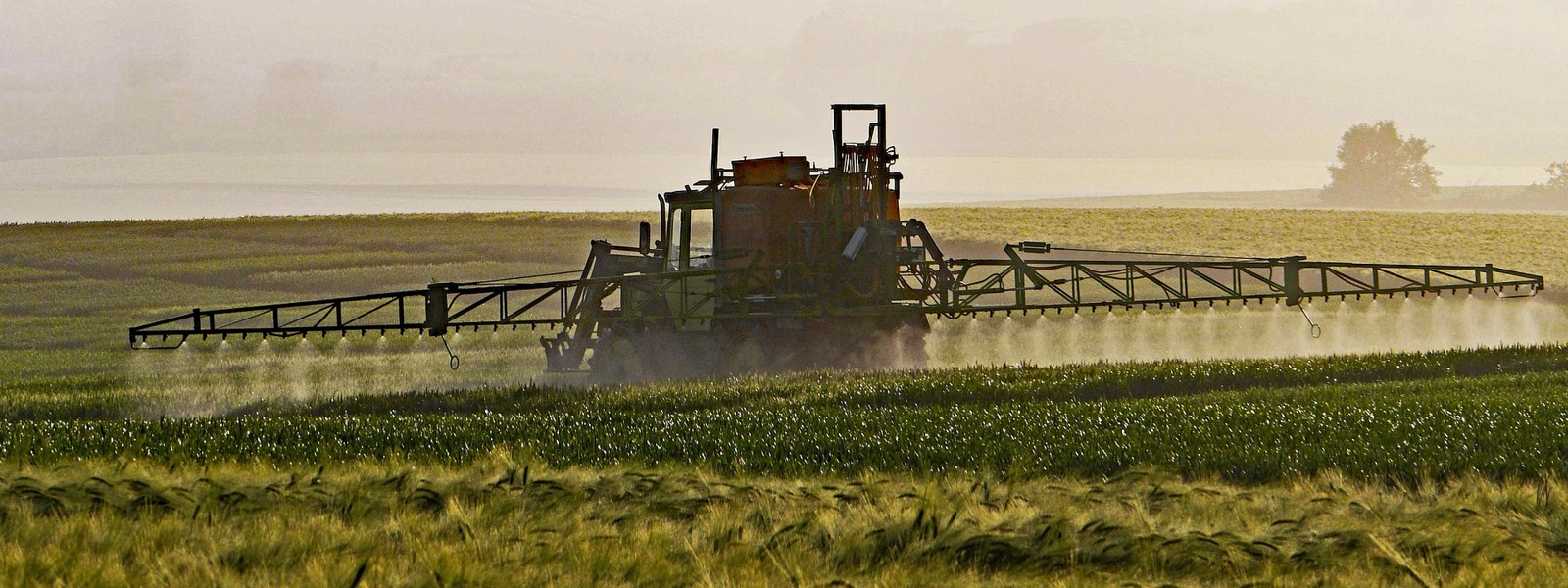What is the testing of compounds?
The testing of compounds means testing herbicides, herbicide mixtures or additives (e.g. adjuvants) for efficacy against weeds and tolerability by crops.
We discuss the test design (products, dosages, weed species, and crop species) and other experimental details with you in advance. The test procedure is basically divided into five phases:
- Sowing and cultivation of test species
- Application of test compounds
- Visual Rating on different days after treatment (DAT)
- Photo documentation during the ongoing experiments (in individual cases, e.g. highlights) and at the end of the experiment, investigation of parameters such as fresh/dry weight of root and shoot mass
- Evaluation, calculation of dose-response curves, calculation of isoboles, final report
When is the testing of compounds used?
The test can be carried out throughout the year.
How long does the testing of compounds take?
A test takes four months. The results are then made available to you in a final report.
How do you benefit from the testing of compounds?
Compound tests are efficacy studies or tolerability tests based on various test questions. Among other things, additivism, antagonism and synergism can be tested for combinations of various substances. Selectivity, meaning tolerability in crops, can be tested. Compound tests in the greenhouse are supplemetary tests carried out concomitantly with field trials.
What type of sample material is required for compound testing?
The material needed depends on the experimental question. The plant material (sensitive and resistant) references are provided in the form of seeds either by you or by us.
If you are interested and require further information, please contact us directly by email or telephone.






